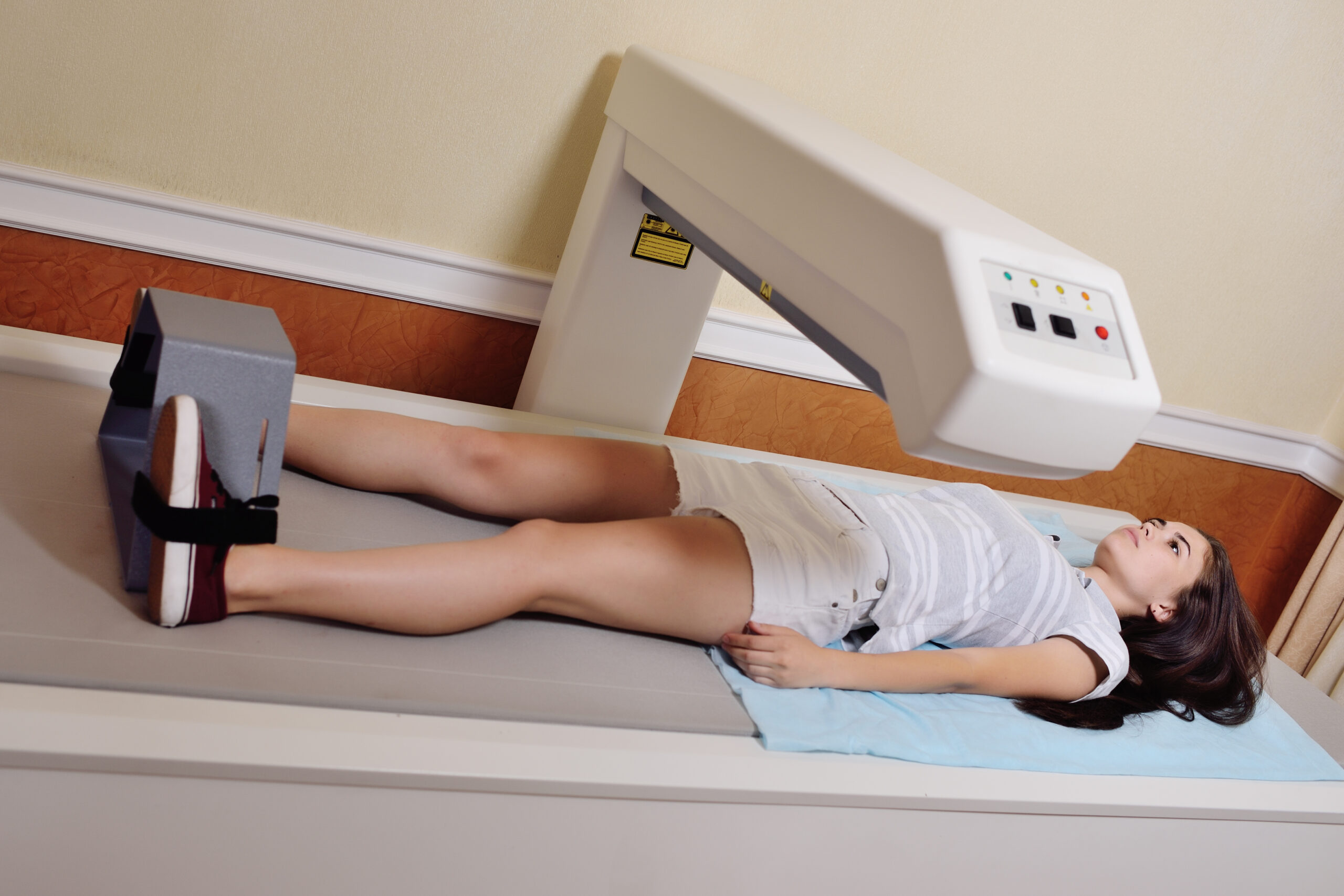In the realm of health and fitness, the journey to optimal well-being is marked by a multitude of factors beyond the “overall weight” number on the scale. Enter body composition scans — a tool that offers a deeper understanding of our bodies’ composition, including vital measurements like visceral fat and lean muscle mass. In this article, we’ll explore the significance of these metrics and how they can be leveraged to tailor personalized diet and exercise strategies.
The Importance of Body Composition
When it comes to assessing health, traditional methods such as stepping on a scale only scratch the surface. Body composition, on the other hand, provides a more nuanced picture by breaking down our bodies into various components like fat, muscle, water and bone mass. Among these components, two stand out as particularly crucial: visceral fat and lean muscle mass. Most “in-office” and “at-home” composition scales work via bioimpedance, which is not as accurate as the full-body imaging scanners.
Visceral Fat: The Hidden Threat
Visceral fat, unlike subcutaneous fat found just beneath the skin, lurks deep within the abdominal cavity, surrounding vital organs such as the liver, pancreas, and intestines. Its presence poses a significant health risk, as excess visceral fat has been linked to a higher risk of chronic diseases including heart disease, fatty liver disease, type 2 diabetes and certain cancers. Even individuals with a normal body weight can have dangerously high levels of visceral fat, making it a stealthy yet formidable adversary to health.
Lean Muscle Mass: The Metabolic Engine
In contrast to visceral fat, lean muscle mass plays a pivotal role in supporting metabolic health and physical function. Not only does it contribute to a toned physique, it also enhances strength, mobility, and overall vitality. From a metabolic standpoint, maintaining excellent levels of lean muscle mass improves blood-sugar regulation and insulin resistance. Maintaining or increasing lean muscle mass becomes increasingly important as we age, as it helps offset age-related muscle loss (sarcopenia), contributes to improved bone health and preserves independence and quality of life.
Personalizing Diet and Exercise Strategies
Armed with insights from body composition scans, individuals gain a deeper understanding of their unique physiological makeup, paving the way for personalized diet and exercise strategies tailored to their specific goals and needs.
Dietary Adjustments
For those grappling with excessive visceral fat, dietary modifications can be a game-changer. By prioritizing whole, nutrient-dense foods while minimizing sugar and refined carbohydrates, individuals can effectively reduce visceral fat accumulation and improve metabolic health. Incorporating plenty of fiber, healthy fats and lean proteins can also help promote satiety, stabilize blood sugar levels and support muscle growth and repair.
An Exercise Prescription
When it comes to exercise, a one-size-fits-all approach simply does not cut it. Body composition scans empower individuals to identify areas of strength and weakness, allowing for targeted exercise programming. Those aiming to shed visceral fat may benefit from a combination of high-intensity interval training (HIIT), strength training and cardiovascular exercise, all of which have been shown to effectively reduce abdominal fat and improve metabolic markers.
On the flip side, individuals looking to build lean muscle mass may opt to tailor their workouts to prioritize resistance training that targets major muscle groups. Incorporating progressive overload — gradually increasing the intensity or resistance of exercises — can stimulate muscle growth and strength gains over time.
An Imaging Partner in the Inland Northwest
Inland Imaging, located here in Spokane, Wash., offers state-of-the-art body composition scans that provide comprehensive insights into visceral fat, lean muscle mass and more. These quick and non-invasive scans empower individuals to take proactive steps toward their highest health potential. These “full body” dual x-ray absorptiometry (DEXA) scans are available at many imaging centers across the country. These scans utilize low-powered x-ray beams that accurately and precisely differentiate between bone mineral, lean mass and fat mass. These cost on average $75-300, depending on location. Often, companies offer them in a set of three for a discounted rate so progress can be tracked.
In the pursuit of optimal health and wellness, understanding your body composition is yet another wonderful and motivating tool. By delving beyond the numbers on a scale and focusing on metrics like visceral fat and lean muscle mass, we can unlock the key to personalized diet and exercise strategies tailored to our unique needs. Take the first step towards gaining a better understanding of your own body’s makeup by either scheduling your own body composition scan or asking your healthcare provider to order one for you!
Photo credit: iStock
